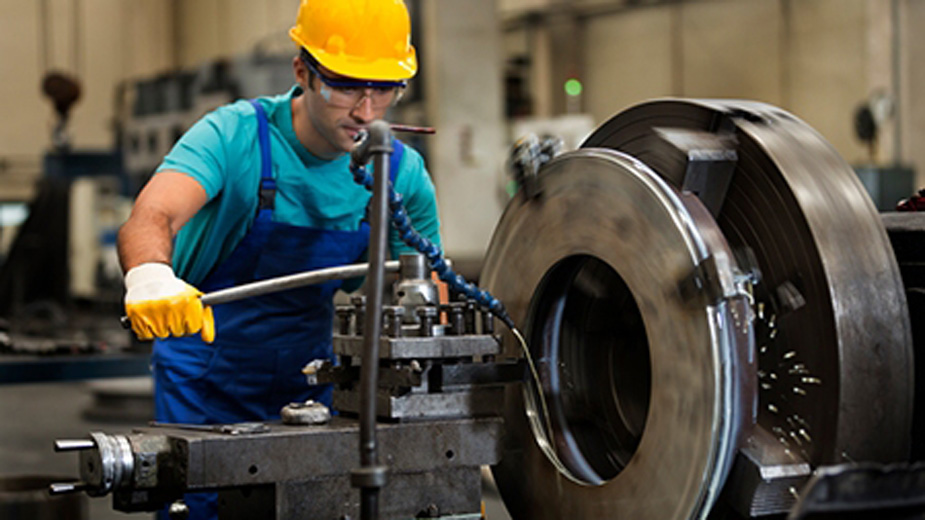Election Delays Decisions on Manufacturing Projects
YOUNGSTOWN, Ohio – The Youngstown Warren Regional Chamber is working with companies that collectively are considering some $2 billion worth of projects, but the presidential election has put many decisions on hold, a chamber official said.
“That’s something we run into every time there is a national election where there could potentially be changes in policy,” said Sarah Boyarko, senior vice president, economic development. “These companies may have made a decision last year or into this year, and they’re holding off until after the election results.”
Boyarko cited that hesitation as a contributing factor in a decline in local manufacturing employment, along with a decline in manufacturing related to the oil and gas industry, during a discussion of the quarterly Cleveland Plus Economic Review, released this morning by Team NEO.
Boyarko said she has received such feedback regarding the timing of decisions from representatives of international firms, all of which are in manufacturing. “That’s the great majority of the $2 billion-plus projects we’re managing,” she said. Others include warehouse and distribution firms, she continued.
The Team NEO report finds manufacturing accounted for 20% of the Northeast Ohio region’s gross regional product as of last year, compared with 40% in 1970, when there was greater emphasis on traditional steel mills, foundries and rubber products.
Manufacturing represents about 26% of traded sectors, or export activity, versus 60% in 1970. Manufacturing represents about 17% of traded sectors nationwide, said Jacob Duritsky, Team NEO’s vice president, strategy and research.
“We performed slightly better coming out of the recession in 2007 than we had in previous recession like 2001 and 1981, in part because of our nonreliance on manufacturing as the one driver,” said Jacob Duritsky, Team NEO vice president, strategy and research. “Overall we have continued to diversify and look more like the U.S. economy as a whole,” with growth around health care, headquarters and professional, scientific and technical services in the NEO region, he said
Duritsky noted that manufacturing lost about 40% of its employment base since 1990, or more than 200,000 people, “obviously a painful loss,” he said.
The Youngstown-Warren metropolitan statistical area’s 1,000 manufacturers employ nearly 30,000 people, at an average wage of about $57,000, Boyarko said. Manufacturing accounts for about 19.3% of the MSA’s gross product, she said.
During the 1990-2015 period, productivity has increased by 92%, Duritsky said.
“Projections going out the next decade have it growing another 73%,” he continued. “So admittedly there are less people employed in manufacturing,” he said. “However, we’re doing a lot more with less people.”
“When they talk about the decline in total manufacturing employment from 1970 to 2015, some of that decline can certainly be attributed to automation, internal restructuring, workforce outsourcing and the overall decline during that time frame in general,” Boyarko said.
At the same time, shifts in technology and processes in manufacturing have allowed for a more diverse workforce, particularly with regard to the inclusion of women, she pointed out.
“Because of the technology and the process and the changes in industry, we’ve as a region been forced to create new workforce initiatives,” she said.
Gross regional product for the region is projected to grow 2.5% in 2916, “which would be our highest growth rate since 2012,” Duritsky said
Copyright 2024 The Business Journal, Youngstown, Ohio.



